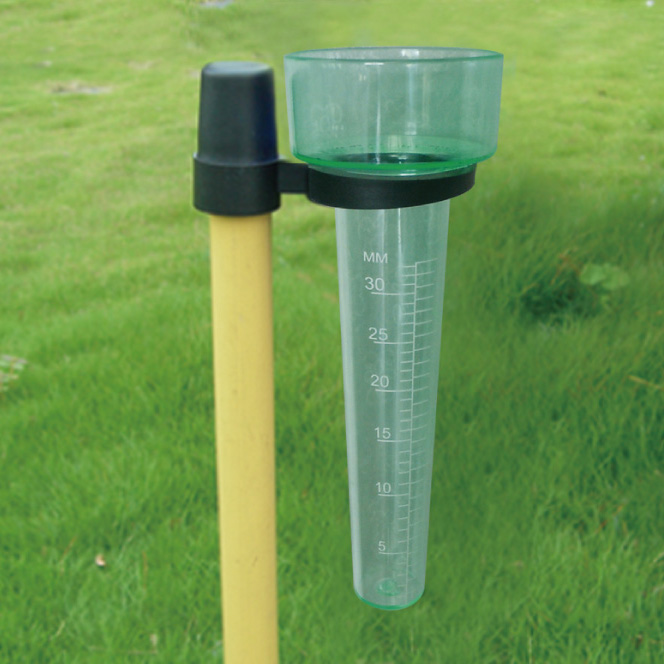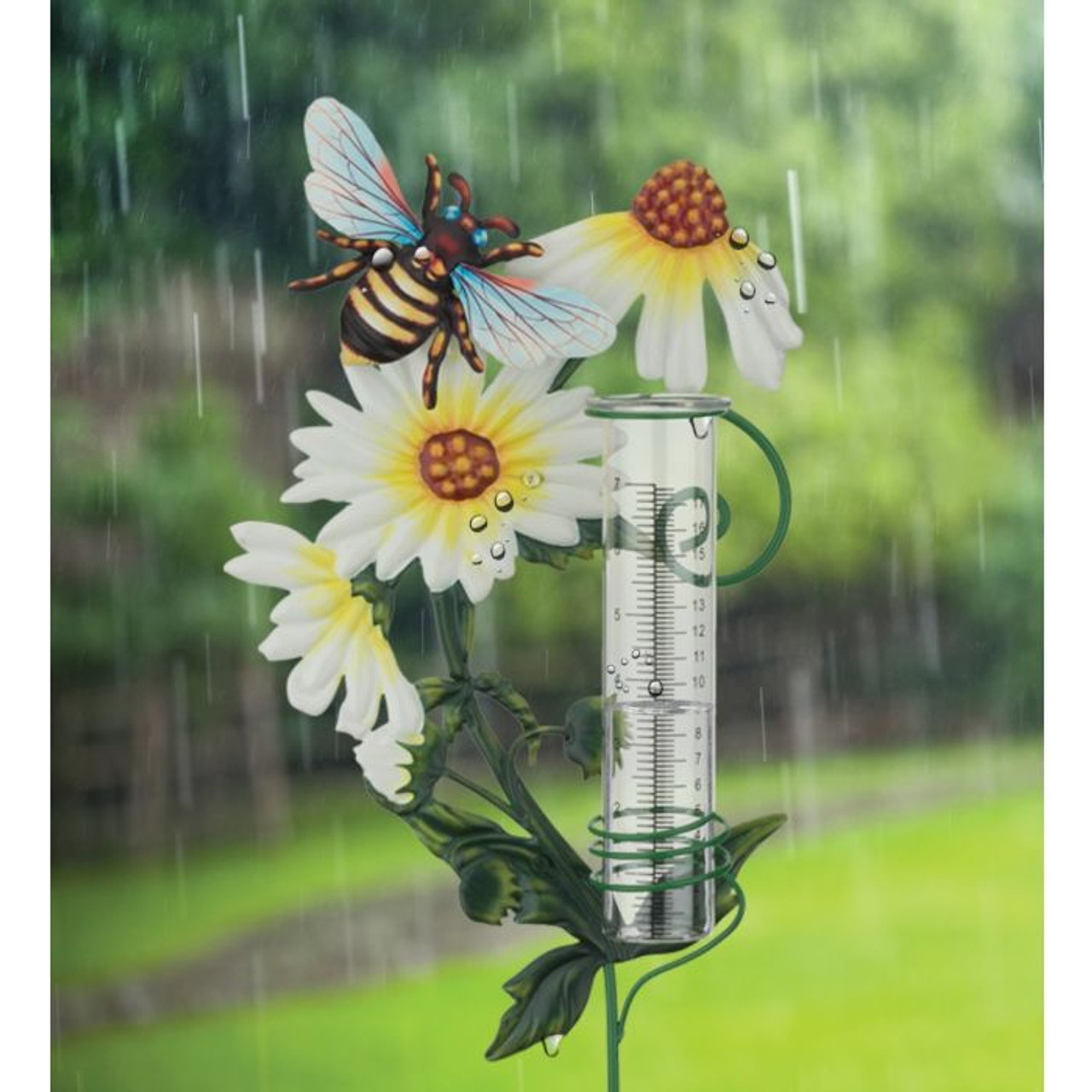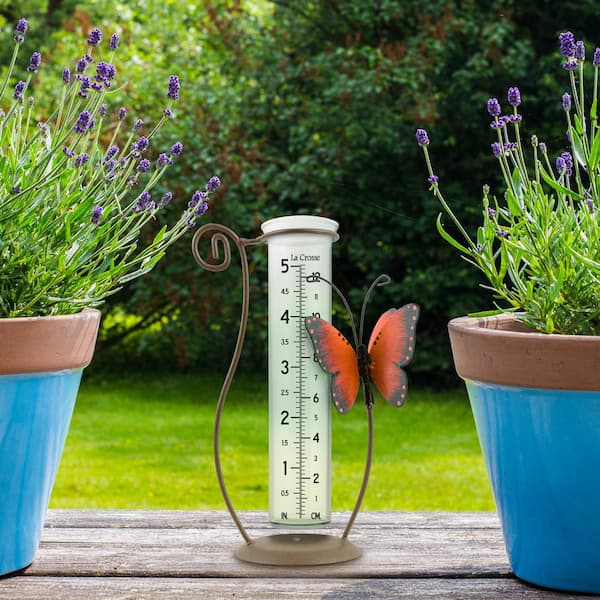The Rain Gauge: A Comprehensive Guide to Accurate Weather Dimension
The Rain Gauge: A Comprehensive Guide to Accurate Weather Dimension
Blog Article
How to Select the Right Rainfall Scale for Accurate Rain Information
To acquire reputable dimensions, it is necessary to select the ideal rainfall scale. Considering elements such as area, type, and accuracy of the rainfall scale will assist make certain precise information collection. In addition, understanding the maintenance and calibration treatments will certainly add to the longevity and dependability of your rainfall scale.
Significance of Choosing the Right Rain Gauge
The significance of selecting the best rainfall gauge depends on getting trustworthy and specific rainfall information for precise meteorological evaluation. Rain data is vital for a vast array of applications, consisting of climate projecting, hydrological modeling, and environment research study. Undependable or inaccurate information can result in incorrect conclusions and flawed decision-making procedures.

Secondly, the accuracy and precision of the rainfall gauge are vital. The gauge must be able to measure rains with high accuracy, recording also little quantities of precipitation precisely. It should additionally reduce errors due to evaporation, wind, and other environmental variables. Routine calibration and upkeep are vital to guarantee continuous precision.
Additionally, the place and setup of the rain scale are crucial factors to consider. It should be put in an open area, away from blockages that might influence rainfall measurements. The gauge needs to be positioned at a proper elevation and angle to avoid splashing and guarantee appropriate catchment of rainwater.
Variables to Consider When Selecting a Rain Gauge
When selecting a rain scale, there are several essential aspects to take into consideration. There are different types offered, including standard rain gauges, tipping bucket rain assesses, and weighing rain determines.
Another aspect to take into consideration is the product of the rain scale. Rainfall assesses can be made from numerous products, such as plastic, glass, or steel. The material selected should be sturdy and immune to climate condition, making sure that the rainfall scale will certainly endure the aspects and provide accurate dimensions in time.
Precision is also a vital element to consider. Seek rain determines that have actually been calibrated and evaluated for precision. Features such as anti-splash rings and funnels can likewise enhance the accuracy of the dimensions.

Finally, take into consideration the environment and setting in which the rainfall gauge will be used. Different rain evaluates are appropriate for different climates, so it is vital to select one that is ideal for the conditions in your location.
Different Sorts Of Rain Assesses Available
To further check out the factors to think about when choosing a rainfall gauge, it is necessary to comprehend the different kinds of rain assesses available. There are numerous sorts of rainfall determines, each with its very own advantages and negative aspects. One of the most usual type is the basic rainfall gauge, also called the cylindrical rainfall gauge. This kind contains a straight-sided round container with a funnel-shaped top. It is basic to make use of and offers precise measurements of rains.
An additional kind of rain gauge is the tipping pail rainfall gauge. As the rainfall falls right into the scale, it fills up one side of the bucket, triggering it to clear the water and tip.
A third kind of rainfall gauge is the considering rainfall scale. This gauge uses an equilibrium system to determine the weight of the accumulated rains. As the rain falls under the scale, it is accumulated in a container linked to an equilibrium. The weight of the water is gauged, and the rainfall amount is calculated based on the weight. Weighing rainfall evaluates are extremely accurate yet can be a lot more costly and need regular maintenance.
Lastly, there are also remote rain gauges that use advanced innovation to gauge rainfall (The Rain Gauge). These evaluates usage sensing units and transmitters to send information wirelessly to a main unit. Remote rainfall determines are hassle-free for keeping track of rains in hard-to-reach locations or for large-scale information collection
Just How to Figure out the Accuracy of a Rain Scale
One way to evaluate the precision of a rainfall gauge is by conducting normal calibration measurements. Calibration involves comparing the readings of a rainfall gauge to a conventional measurement, such as a qualified rainfall gauge or a climate terminal with high accuracy. By comparing the measurements, any inconsistencies or errors in the rainfall gauge can be recognized and represented.
To perform a calibration dimension, begin by gathering rainfall data from both the rain scale and the common dimension tool over a details period, such as a month. Compare the readings and compute the distinction between them. This distinction is referred to as the you can look here calibration error.
It is vital to note that calibration measurements must be executed frequently, as environmental aspects, such as debris, wind, and temperature, can impact the accuracy of the rainfall gauge with time. By conducting regular calibrations, any type of modifications in the accuracy of the rain scale can be discovered and adjustments can be made as necessary.
In enhancement to calibration, it is also suggested to clean and maintain the rain scale regularly to ensure its accuracy. Remove any kind of particles or obstructions that might affect the accuracy of the measurements, and check for any type of indicators of damage or wear that may require repair work or substitute.
Tips for Keeping and Calibrating Your Rain Gauge
Normal maintenance and calibration are crucial for guaranteeing the accuracy and reliability of your rainfall scale in gauging rainfall information (The Rain Gauge). By complying with a couple of simple suggestions, you can ensure that your rain gauge is appropriately preserved and calibrated
To start with, it is essential to clean your rainfall gauge on a regular basis to stop any kind of debris or dirt from blocking the rainfall collection device. Make use of a soft brush and a light detergent to gently clean the inside and beyond the gauge. Rinse it completely with tidy water and enable it to dry totally prior to re-installing it.
Second of all, it is suggested to calibrate your rain scale a minimum of as soon as a year. Calibration includes comparing the measurements of your rain scale with those of a trusted and precise recommendation gauge. This will certainly help you identify and fix any possible mistakes in your rainfall gauge's measurements.
To adjust your rainfall scale, gather a known quantity of visit this site water using a determining container and contrast it with the measurements taped by your rainfall gauge. Readjust the readings appropriately to that site make sure precision.

Conclusion
In conclusion, selecting the appropriate rainfall gauge is important for getting accurate rainfall information. Factors such as function, area, and budget ought to be considered when selecting a rainfall scale. There are numerous sorts of rain determines available, each with their very own benefits and limitations. It is crucial to on a regular basis maintain and adjust your rainfall scale to ensure its precision. By following these standards, accurate rainfall information can be acquired for numerous applications.
There are different kinds available, consisting of common rainfall assesses, tipping bucket rain determines, and weighing rainfall determines.To additionally check out the factors to consider when choosing a rain scale, it is crucial to recognize the various kinds of rainfall determines readily available. The most typical kind is the standard rainfall scale, likewise known as the round rainfall gauge.One more type of rain gauge is the tipping container rainfall gauge. Calibration involves comparing the analyses of a rain scale to a conventional measurement, such as a certified rain gauge or a weather condition station with high precision.
Report this page